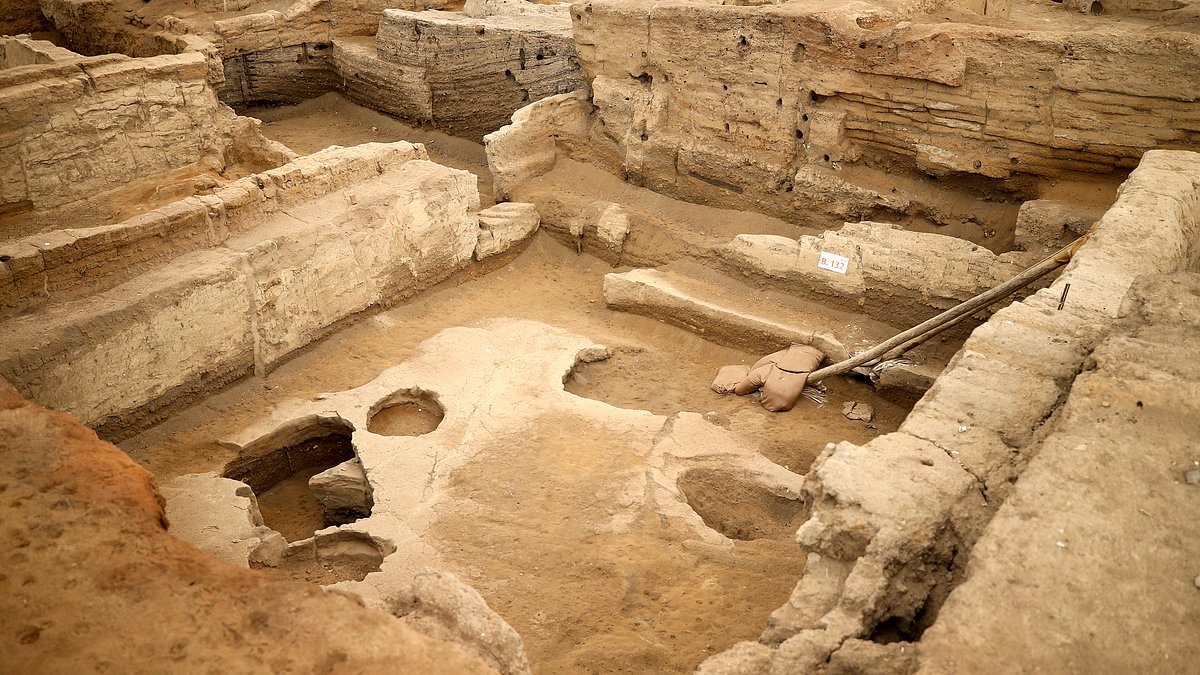By Editor James Gordon
Archaeologists have uncovered a bombshell at a hidden ancient city that had been buried for thousands of years – evidence that women, not men, may have ruled society there 9,000 years ago.
The discovery could rewrite what we know about the earliest days of civilization and about gender roles throughout history.
In a landmark study published in Science, researchers analyzing ancient DNA from nearly 400 skeletons at 脟atalh枚y眉k, a remarkably well-preserved Neolithic settlement in southern Turkey, revealed powerful clues that this early civilization was built around maternal ancestry, possibly operating under a matriarchal system.
脟atalh枚y眉k, a warren of mudbrick homes and goddess-like statues dating back to 9000 BCE, has long been a source of mystery and wonder.
But the DNA analysis turned those legends into hard science, showing that women were buried with far more grave goods than men – and that daughters stayed with their maternal households, while sons often left.
The astonishing find has electrified the archaeological world, challenging generations of assumptions about who held power in humanity’s earliest cities and suggesting that the world’s first great urban cultures may have rested on the shoulders of women.
This remarkable Neolithic city has long fascinated scholars for its sprawling homes, elaborate art, and mysterious goddess-like figurines.
But the latest genetic evidence has jolted the field of archaeology with clues that women were not only the spiritual symbols of 脟atalh枚y眉k but may have been its true rulers.
In a painstaking investigation spanning more than a decade, a team of geneticists, archaeologists, and biological anthropologists extracted DNA from the skeletons of over 130 people buried beneath the floors of 35 separate houses at the site.
In total, nearly 400 individuals have been recovered in graves at 脟atalh枚y眉k, a city once bustling with life for more than a thousand years.
What they found was extraordinary: a strong genetic pattern showing maternal connections within the buildings.
Women and their daughters were consistently buried together, while men seemed to arrive from outside, suggesting they married into the households of their wives.
Researchers believe that as many as 70 to 100 percent of female offspring stayed attached to their maternal homes across generations, while males moved away.
And the evidence of women’s elevated status does not end there. Grave goods such as precious ornaments, tools, and other offerings were found five times more often in female burials than in male ones, a clear sign of preferential treatment and status in death that mirrored social power in life.
Dr. Eline Schotsmans, a co-author of the study and research fellow at the University of Wollongong’s School of Science in Australia, urged modern audiences to rethink outdated assumptions about ancient gender roles.
The idea that a Neolithic city could have been matriarchal is not new in myth or folklore.
脟atalh枚y眉k’s iconic clay statues depicting rounded, powerful female figures have long teased the possibility of a society with women at the helm.
But this new DNA evidence offers the first scientifically grounded window into how such a social structure might have worked in practice.
The implications go far beyond Turkey. Only months ago, a separate team of researchers studying the late Iron Age in Britain published evidence in Nature showing that women in Celtic communities also held powerful positions through maternal kinship.
Analyzing DNA from 57 graves in Dorset, scientists revealed that two-thirds of the buried individuals came from a single maternal lineage – suggesting that women maintained community ties while men likely migrated in after marriage.
